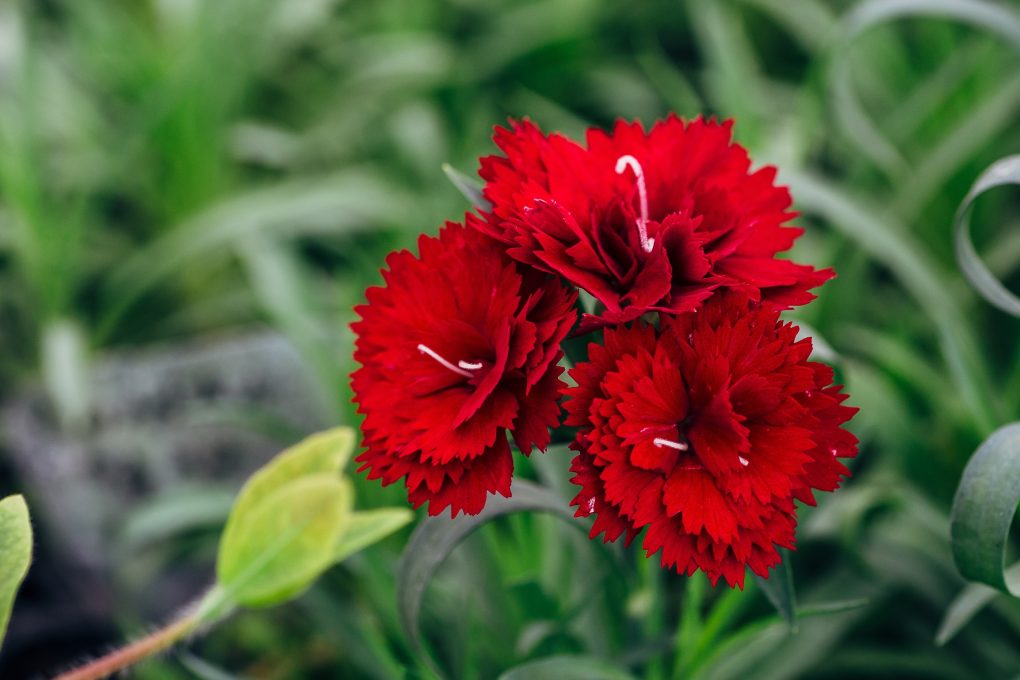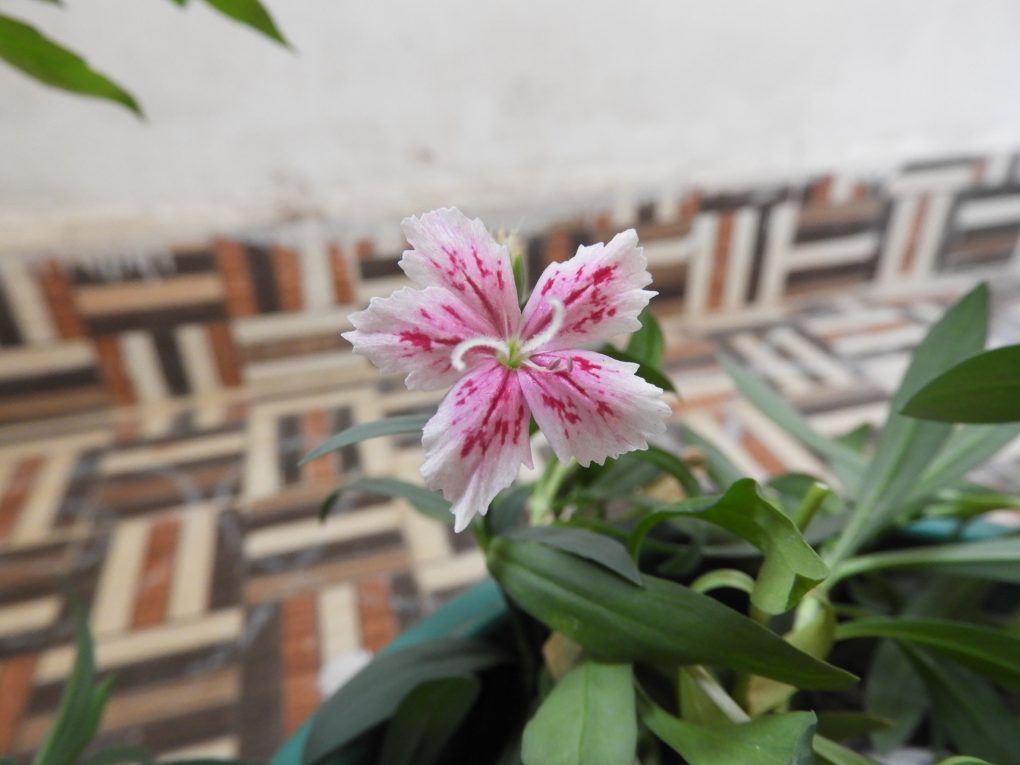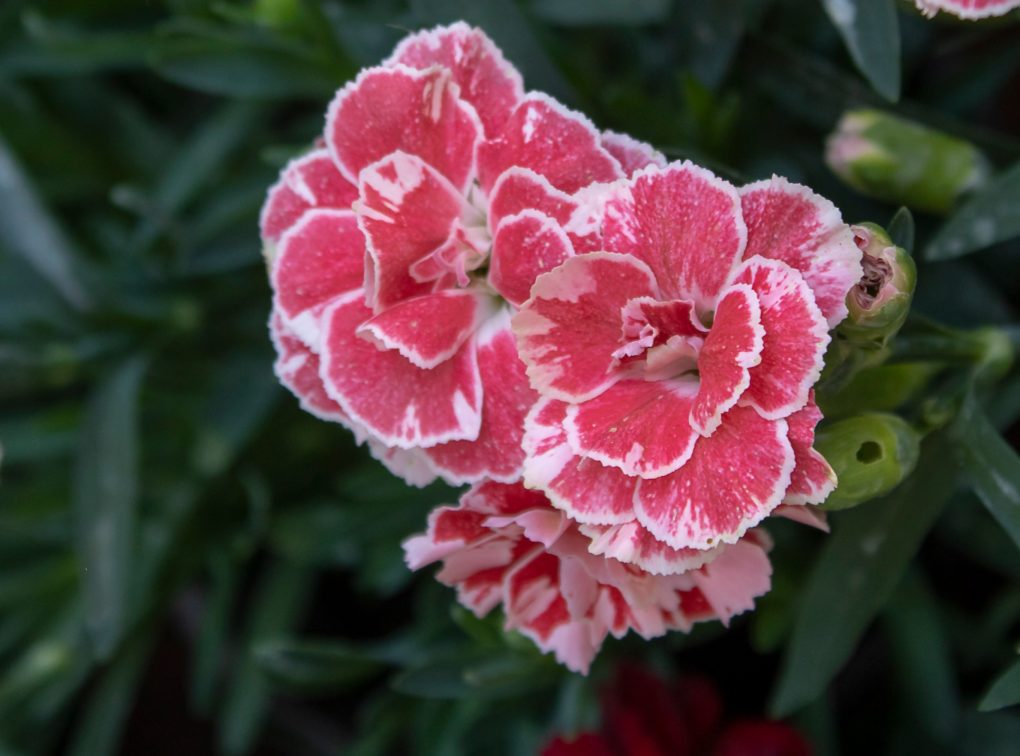Do Carnations Have Seeds? The Truth About That Curious Flower
Carnations are prominent flowers, often found in garden arrangements and bouquets. Many believe that carnations do not have seeds, but this is not the case. Carnation seeds are present in flowers and can be extracted if necessary. The seeds are small and round and situated in the center of the carnation flower. When a male blossom pollinates a carnation, the pollen from the male flower will travel to the seed pod and fertilize the female flower’s ovules. This process results in a seed being created inside of the flower. Though carnation seeds may not be the most popular part of the flower, they are an essential component.

Table of Contents
Pre-Planting Considerations
Before sowing carnation seeds, keep the following in mind:
- Pick a well-drained location in the garden that is sunny.
- Plant the seeds 1/4 inch deep.
- Cover the seedlings with a thin layer of dirt to shield them from wind and frost.
- Water the plants regularly and fertilize them once they reach maturity.
- Remove the carnation flowers after blooming to promote healthy foliage growth.
By taking these steps, you can ensure success for your carnation seeds.
It is crucial to ensure that you follow specific guidelines when sowing carnation seeds. Sow them at a depth of 1/4 inch and cover the seeds with soil to ensure reasonable germination rates. Put a thin layer of earth on top of the seedlings to shield them from wind and frost. Water the plants regularly to promote healthy growth, and fertilize them once they reach maturity. Carnation seeds take time, so patience is vital to their success.
How to Plant Carnations From Seed
- To plant carnations from seed, start by selecting a sunny location in the garden where the carnations will grow.
- Fill a planting container with fresh soil and spread the carnation seeds.
- Make sure the area is well-drained, and then water the seeds liberally.
- Keep the area moist but not wet, and watch for signs of germination – when the seeds start to grow, they will start producing small flowers.
- Once the seedlings have germinated, gradually increase the water they receive until they are established.
- Once they are large enough, thin out the plants, spaced approximately 2 feet apart.
- Water them regularly but avoid over-watering, which can lead to root problems.
- Keep the area around the plants clean and debris-free to help promote healthy growth.
- Carnations will flower for several weeks, and once they have finished flowering, you can remove the flowers and dispose of them properly. Enjoy your beautiful carnations!
Planting Carnation Seeds Indoors
When planting carnation seeds, care must be taken to ensure that the seeds are correctly spaced and have good drainage. To plant carnation seeds, they need to be placed in early spring before the ground can frost over. They should be planted in well-drained soil with a pH between 5.5 and 6.5.

Removing old flower spikes or debris from around the seedlings is essential to ensure success with carnation seeds. The seeds should be spaced about 12 inches apart to allow for good air circulation and moisture retention in the soil. Before planting carnation seeds, prepare the soil and weed out any invasive species that may compete with them for nutrients and sunlight.
Planting Carnations Seeds Outdoors
Planting carnation seeds outdoors is a popular choice for flower arrangements, but many people must be aware that carnation seeds can also be planted outside. Carnation seeds can be planted outdoors in summer or fall and germinate in the spring or fall when temperatures are between 18-20°C. To ensure successful germination, the seed must be stratified before planting. This involves cold-treating the seed to around 10°C for three months before planting it. The seedlings should be transplanted into the soil when they reach a height of 2 inches. In about 3 to 4 years, carnation plants will reach their full size and fertility and can be maintained as ornamental plants in the garden or flowerbed.
Carnation Care Tips
Carnation care tips can help you keep your carnations healthy and looking their best. Follow these simple tips to keep your carnations flourishing:
1. Keep your carnations well-watered. Water them frequently until the soil feels damp but not soggy, and then wait a short while before watering them again. This will aid in halting the growth of fungi and other pests.
2. Do not fertilize your carnations. Fertilizing can interfere with the plant’s natural growth patterns and cause flowers to grow too tall or large.
3. Do not prune your carnations. Pruning can damage the plant’s roots and lead to yellowing or wilting foliage.
4. Do not expose your carnations to direct sunlight or cold temperatures. Exposure to sunlight can lead to sunburn, while cold temperatures will cause the plant to die.
5. Keep your carnations in a well-ventilated area away from pets and children. Pets may eat the flowers, and children may accidentally knock over or pull up the plants.
Carnation Varieties That You Can Plant in Seeds

La France
An antique in a blush color and the most beautiful scent, ideal for your balcony. The most potently smelling carnation. Excellent for cutting flowers, gardens, and borders-prefers in full sunlight.
Chabaud Mix
A mix of old, heritage carnations bred before 1960 and available in a wide range of colors, including white, pink, lavender blue, and yellow. Hardy in the U.S., Zones 7-9.
Picotee Mix
A mix of long-stemmed carnations in various colors and sizes, including white, peach, pink durian (a dark purple), yellow daffodil, plum (purple), salmon, and light orange. Hardy in the U.S., Zones 4-9.
Grenadin Double Mix
The fragrant, double flowers of the carnation variety “Grenadin Double Mix” bloom throughout the summer and come in pink, red, yellow, and white hues. The foliage is a beautiful blue-green shade, and the plants are relatively compact.
Etincellant
This vermillion carnation belongs on a lapel because it epitomizes romanticism—bright red and fragrant bloom. Excellent for beds, borders, and cut flowers.
Grenadin King of Blacks
The only flowers in the flower garden that are genuinely black are these wine-colored blooms. All carnations are the darkest. Excellent for cut flowers, pollinators, and borders and beds
Enfant De Nice
A perennial in gardens is an heirloom mixture of fragrant flowers. An aromatic combination of hues. Gorgeous for cut flowers.
Marie Chabaud
The first spring flowers are tiny lemon-yellow blossoms. Tiny, fragrant golden blooms.
